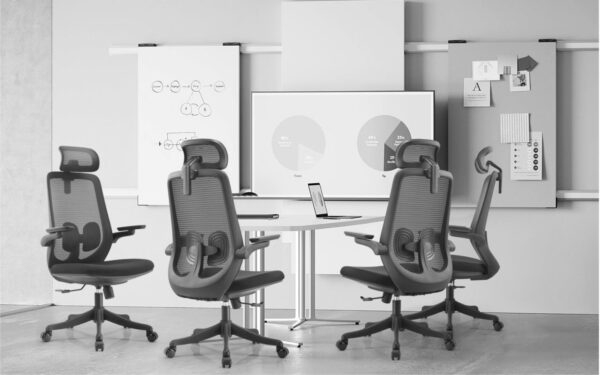Creating an effective education setting is essential for facilitating learning and promoting student engagement. A well-designed classroom environment can significantly impact students’ ability to focus, collaborate, and succeed academically. Here are some key elements to consider when setting up an educational environment:
1. Classroom Layout: The layout of the education classroom plays a crucial role in facilitating interaction and collaboration among students. Consider different layouts such as clusters, circles, or rows, depending on the type of activities you plan to conduct. Arrange desks or tables in a way that promotes easy movement and access to resources.
2. Seating Arrangement: Ensure that students have a clear view of the teacher and any presentation materials. Consider seating arrangements that allow for easy movement and interaction while maintaining a focus on the front of the education classroom.
3. Classroom Decor: Create a visually stimulating environment by incorporating educational posters, student work displays, and relevant visual aids. Use colors and decorations that promote a sense of calm and focus, while also reflecting the subject matter being taught.
4. Technology Integration: Make sure that the classroom is equipped with the necessary technology to support teaching and learning activities. This may include interactive whiteboards, projectors, computers, and audio-visual equipment. Ensure that all education technology is easy to use and accessible to both teachers and students.
5. Storage and Organization: Provide adequate storage space for textbooks, supplies, and other classroom materials. Use labeled bins, shelves, and cabinets to keep the classroom organized and clutter-free. Encourage students to take responsibility for keeping their workspaces tidy and organized.
6. Flexible Learning Spaces: Create flexible learning spaces that can easily be adapted to accommodate different teaching methods and activities. Consider incorporating movable furniture, such as tables on wheels or lightweight chairs, to facilitate quick transitions between activities. This allows for easy reconfiguration of the education classroom to suit different learning needs.
7. Natural Light and Ventilation: Maximize natural light and ventilation to create a comfortable learning environment. Ensure that the classroom has plenty of windows to let in natural light and fresh air. Consider using light-colored curtains or blinds to control glare and temperature.
8. Accessibility: Ensure that the classroom is accessible to all students, including those with disabilities. Consider factors such as wheelchair access, adjustable desks, and hearing assistance devices. Create an inclusive environment where all students feel welcome and valued.
9. Safety and Security: Prioritize the safety and security of students and staff by implementing emergency procedures, such as fire drills and lockdown drills. Make sure that all safety equipment, such as fire extinguishers and first aid kits, is easily accessible. Regularly review and update safety protocols to ensure the well-being of everyone in the classroom.
10. Student Engagement: Create a welcoming and inclusive atmosphere that encourages student participation and engagement. Incorporate flexible seating options, group work activities, and hands-on learning experiences to keep students actively involved in the learning process. Encourage collaboration, critical thinking, and problem-solving skills.
11. Teacher Workstation: Set up a designated area for the teacher’s workstation, including a desk, computer, and any other necessary materials. Ensure that the teacher’s area is easily accessible and allows for supervision of the entire classroom. Create a comfortable and organized workspace where teachers can effectively plan, prepare, and assess student learning.
12. Collaborative Spaces: Provide areas for small education group collaboration and discussion, such as comfortable seating arrangements or breakout areas. These spaces can encourage peer interaction, teamwork, and the sharing of ideas. Foster a sense of community within the classroom by creating opportunities for students to work together and learn from one another.
By considering these elements when setting up an educational environment, you can create a classroom that is conducive to learning, promotes student engagement, and supports the needs of both teachers and students. A well-designed classroom environment can inspire curiosity, creativity, and a lifelong love of learning.







